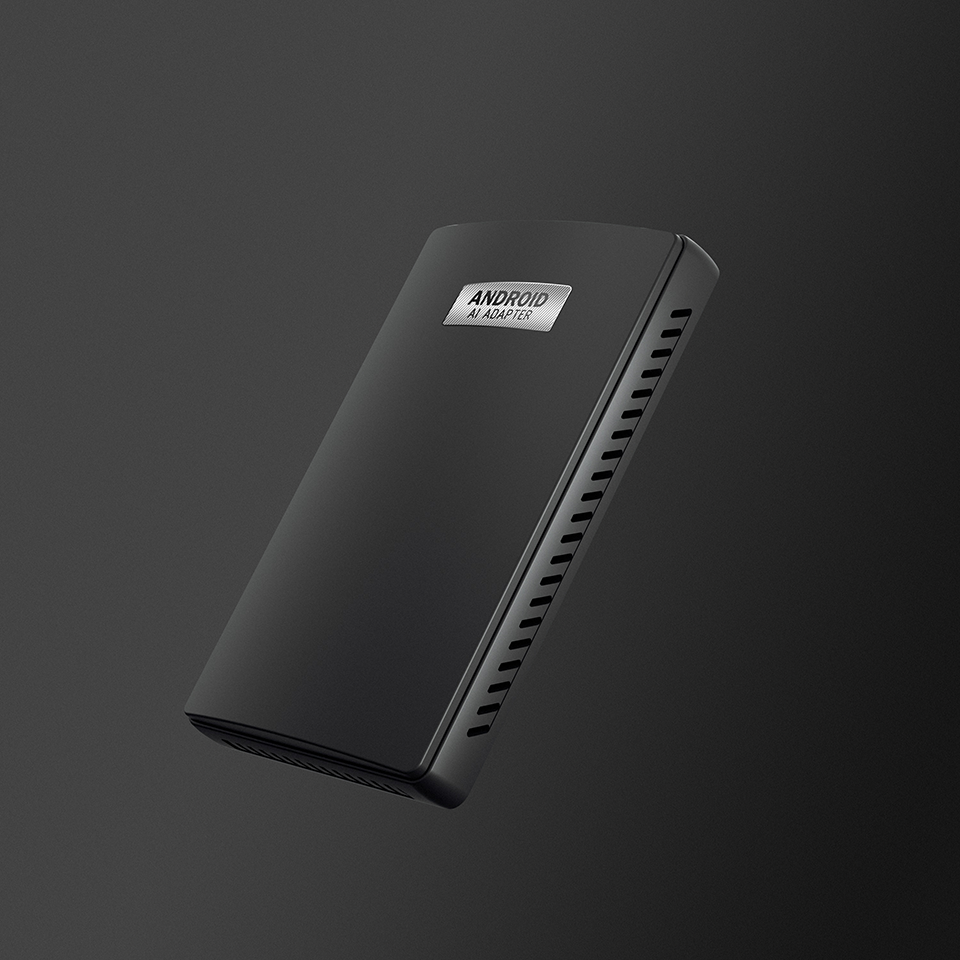Carmakers are committed to making their next-generation cars safer, smarter and more fuel-efficient. For this reason, it is necessary to deploy more ECU (Electronic Control Unit) in the vehicle to realize the intelligent radio connection, the active noise reduction of (RNC), and the new features and functions of (ICC) and self-driving, such as in-vehicle communication (ICC) and self-driving, and so on. This will lead to an increase in the number of electronic systems, and more complex road noise active de-noising. As the number of ECU increases, so does the weight and cost of the cables needed to connect the various ECU. Increasing the weight will in turn reduce the fuel efficiency of the car, which A little annoyed the carmakers.
Carmakers must strike a balance between providing state-of-the-art, feature-rich infotainment systems and meeting government-issued fuel efficiency standards. Reducing the weight of existing cables can significantly improve fuel efficiency.
present situation
Traditional automotive audio ECU is usually connected by a separate analog cable or an existing digital bus architecture, both of which have limitations, inefficiencies, and unnecessary costs. Automotive audio systems using analog transmission lines require dedicated and expensive shielded cables to transmit multichannel audio signals. The number of cables required in today's advanced audio systems that support multichannel (5.1 or 7.1) Dolby or DTS decoding is rapidly increasing. Moreover, the additional analog-to-digital converter (ADC) and the digital-to-analog converter (DAC) will not only increase the total cost of the system, but also may degrade some audio performance.
Digital bus standards such as MOST ®or Ethernet EAVB have been widely used in contemporary infotainment systems because they greatly simplify the connectivity complexity of analog implementations. However, although MOST and Ethernet EAVB can improve performance and flexibility,
However, a high-price microcontroller is needed to implement the relevant software protocol stack to increase the cost of the system. In addition, these digital bus architectures themselves are uncertain about the delay between nodes. For applications that are vulnerable to delay, such as ANC/RNC and ICC, the fundamental shortcomings of the existing digital bus architecture are unacceptable.
Introduction of Automobile Audio bus
Automotive Audio bus (or A2B) is an innovative, applied technology from ADI. The technology has proven to be able to reduce overall cable weight by up to 75 percent and provide high-fidelity digital audio. Automotive audio bus (A2B) is optimized for audio applications. Compared with analog audio bus, it can provide excellent audio quality, and its total system cost is much lower than the existing digital bus standards. Simply put, the A2B is a high-bandwidth (50 Mbps) digital bus that can be very long (up to 15 m between nodes and the entire chrysanthemum chain). Degree more than 40 m), uses an unshielded twisted pair to transmit I 2S audio, I 2C control data, clocks, and power.
Basic characteristics of Automobile Audio bus
Product-AD2427W and AD2426W together to form the latest enhanced A 2B transceiver series, and pin-compatible. This state-of-the-art product supports single-host chrysanthemum chains and up to 10 slave nodes, improving performance by 20% compared with the first-generation A2B product (see figure 1). With this chrysanthemum chain capability, the distance of A2B bus can be up to 40 m, and the maximum distance between individual nodes can be up to 15 m. Replacing ring topology with serial topology is an important element in A2B technology. It is very important to the integrity and stability of the whole system. If A2 One node of the B daisy chain is affected and the entire network does not crash. Only the nodes downstream of the failed node are affected. The special embedded diagnosis function of A2B technology can judge the source and cause of the fault, send out the interrupt signal, and start the protection measure.
Compared with the existing digital bus architecture, the A2B master-slave topology itself is more efficient. After a simple bus initialization process is initiated, the bus can run normally without further processor intervention. An additional advantage of the unique architecture of A2B is that system latency is determined (delay over two clock cycles). And the delay is independent of the position of the audio node on the A2B bus. This feature is very important for voice and audio applications such as ANC/RNC and ICC in which audio samples from multiple remote sensors must be processed in a consistent manner.
The AD2428W,AD2427W and AD2426W A 2B transceivers transmit audio, control, clock and power signals over an unshielded twisted pair. This reduces the total cost of the system for the following reasons.
Compared with the traditional implementation, the number of physical cables is reduced.
The actual cable can be unshielded twisted pair with lower cost and lighter weight, rather than more expensive shielded cable.
Most importantly, for a particular application scenario, the A2B technology provides low-power and transmits up to 300 mA of current to the audio nodes on the A2B daisy chain. With this low-power transmission, there is no need to use local power on the audio ECU, further reducing system costs.
The A2B technology provides up to 50 Mbps bus bandwidth to support up to 32 uplink and downlink audio channels using standard audio sampling rate (44.1 kHz,48 kHZ) and bit width (12-bit, 16-bit, 24-bit). This provides considerable flexibility and connectivity for a variety of audio I / O devices. Maintaining an all-digital audio signal chain between audio ECU ensures the highest quality audio quality without degradation of audio performance due to ADC/DAC conversion.
As mentioned earlier, system-level diagnostics are an important element of A2B technology. On all A2B nodes, multiple fault conditions can be judged, including open circuit, short circuit, reverse connection, and short circuit to power source or ground. From the point of view of system integrity, this function is very important because the A2B node upstream of the fault point can still work properly in the event of faults such as open circuit, short circuit or reverse connection. Diagnostics also provide the ability to efficiently isolate system-level failures, which is critical from the perspective of car dealers / installers.
Using the SigmaStudio graphical development environment (the same as the development tools that support the ADI SigmaDSP ®and SHARC ®processor family) significantly simplifies the design process for A2B-enabled systems. Sigma Studio initializes the A2B network through an industry-leading tool chain. And configure all registers. Sigma Studio environment also includes A2B bus bandwidth calculator and bit error rate tester (BERT). ADI also provides a number of full-function evaluation suites to quickly complete the actual A2B network prototype design, thus speeding up the system. Program early verification and testing, validation and debugging process.
Target Market and Application
Many mature and emerging market applications will benefit from A2B technology. Target applications include:
Audio ECU (on-board Audio Host, Advanced Audio Power Amplifier) connection
Microphone array for hands-free calls / voice recognition / in-car communication
Active noise reduction
Personal audio area partition / active speaker
ECall and remote information processing system, autopilot system, automatic parking system
Vital signs monitoring
Intelligent radio connection
Audio ECU connection is a mature and attractive application field. A2B has been deployed in a large number of mass-produced vehicles In the simple example of an audio host connected to an advanced audio amplifier (see figure 2), the A2B does not need to use multiple cables to connect multi-channel audio and navigate. A2B replaces all related cables with low-cost unshielded twisted-pair cables, which have been tested and validated to meet the most stringent automotive EMC and EMI compatibility requirements.
Efficient and economical microphone connectivity is a priority in design, enabling a wide range of use cases and applications. Bluetooth ®connectivity and hands-free / speech recognition systems have become standard configurations and emergency call eCall systems have become mandatory in some areas. From a depot's point of view, the trend is towards multi-microphone (2-4) systems assembled individually or in modular units. In any case, the total cost of a system using A2B technology is much lower than the cost of analog connections, especially in multi-Mike wind arrays. All A2B transceivers support up to four PDM microphone access in the quad In the array of microphones, three McLeaks in the traditional connection mode are saved.
Road noise reduction is a derivative of a wider range of ANC applications and is being evaluated by many automakers. In broadband ANC, noise associated with reference input harmonics, as well as partially non-harmonic-dependent or random sounds, can be eliminated. These reference inputs are typically provided through acceleration sensors that are physically distributed around the body, most commonly in four suspensions. Other inputs to the broadband ANC system can come from the error microphone-also distributed inside the car, such as one at each passenger location that requires a quiet zone. Connectivity from each accelerometer / microphone to broadband ANC processing unit Then, the traditional implementation scheme adopts analog connection. Obviously, the wiring cost and complexity are too high, and the connector area on the processing unit also needs a lot. All of these problems can be solved by A2B scheme.
The A 2B can also be seen as a driving force for emerging applications that require cost-effective sensor connectivity. Applications such as autopilot, vital signs monitoring and automatic parking systems are expected to start mass production in 2020 and benefit from the features, functions, convenience and rapid market availability of A2B technology.
Sum up:
A2B is a digital bus architecture that provides a range of optimizations for centralized audio and control applications, improves system performance and reduces system costs.
The A2B delivers much higher audio quality than analog connections, while providing a low-cost, scalable digital bus architecture.
A 2B offers low-risk solutions in a wide range of automotive applications.
Since 2016, the A 2B-based systems have entered the deployment phase and are currently delivering more than 2 million systems.
AD2428W and the streamlined, low-cost derivatives AD2427W and AD2426W, represent the latest developments in the functional enhanced A2B transceivers, committed to achieving greater integration and performance in accordance with established development plans.


.png)
_副本.png)
